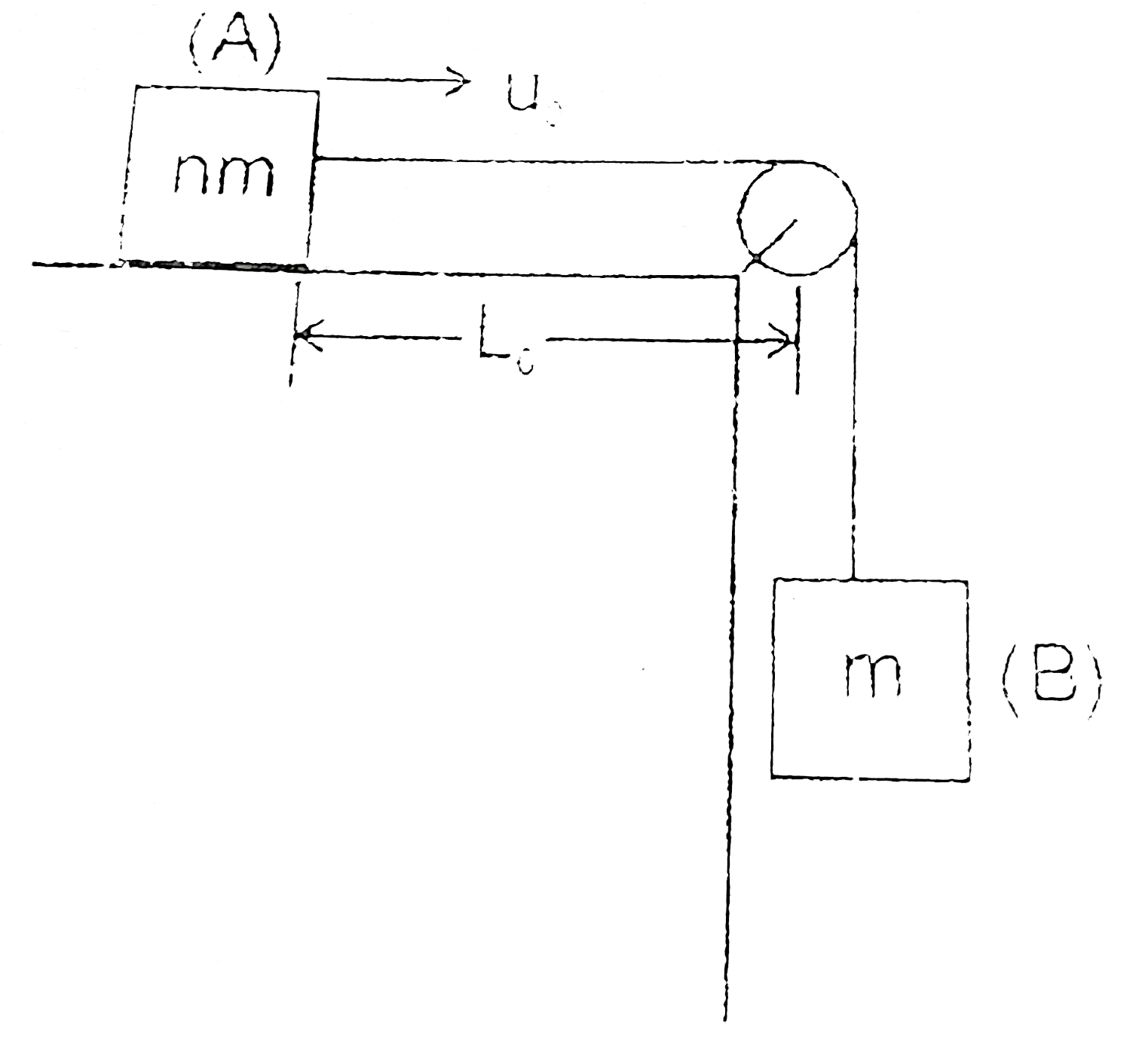A
B
C
D
Text Solution
Verified by Experts
The correct Answer is:
Topper's Solved these Questions
DAILY PRACTICE PROBLEM
RESONANCE|Exercise DPP No.66|20 VideosDAILY PRACTICE PROBLEM
RESONANCE|Exercise DPP No.67|10 VideosDAILY PRACTICE PROBLEM
RESONANCE|Exercise DPP No.64|20 VideosCURRENT ELECTRICITY
RESONANCE|Exercise High Level Problems (HIP)|21 VideosELECTRO MAGNETIC WAVES
RESONANCE|Exercise Exercise 3|27 Videos
Similar Questions
Explore conceptually related problems
RESONANCE-DAILY PRACTICE PROBLEM-DPP No.65
- In the following figure all surfaces are assumed to be frictionless an...
Text Solution
|
- When a hydrogen atom is excited from ground state to first excited st...
Text Solution
|
- Let y gt 0 be the region of space with a uniform and constant magnetic...
Text Solution
|
- A particle of mass m is attached to an end of a uniform rod of mass M ...
Text Solution
|
- What amount of heat will be generated in the circuit shown in Fig. aft...
Text Solution
|
- A brick is projected from ground with speed v at angle theta from hori...
Text Solution
|
- There are two blocks A and B placed on a smooth surface. Block A has m...
Text Solution
|
- There are two blocks A and B placed on a smooth surface. Block A has m...
Text Solution
|
- There are two blocks A and B placed on a smooth surface. Block A has m...
Text Solution
|
